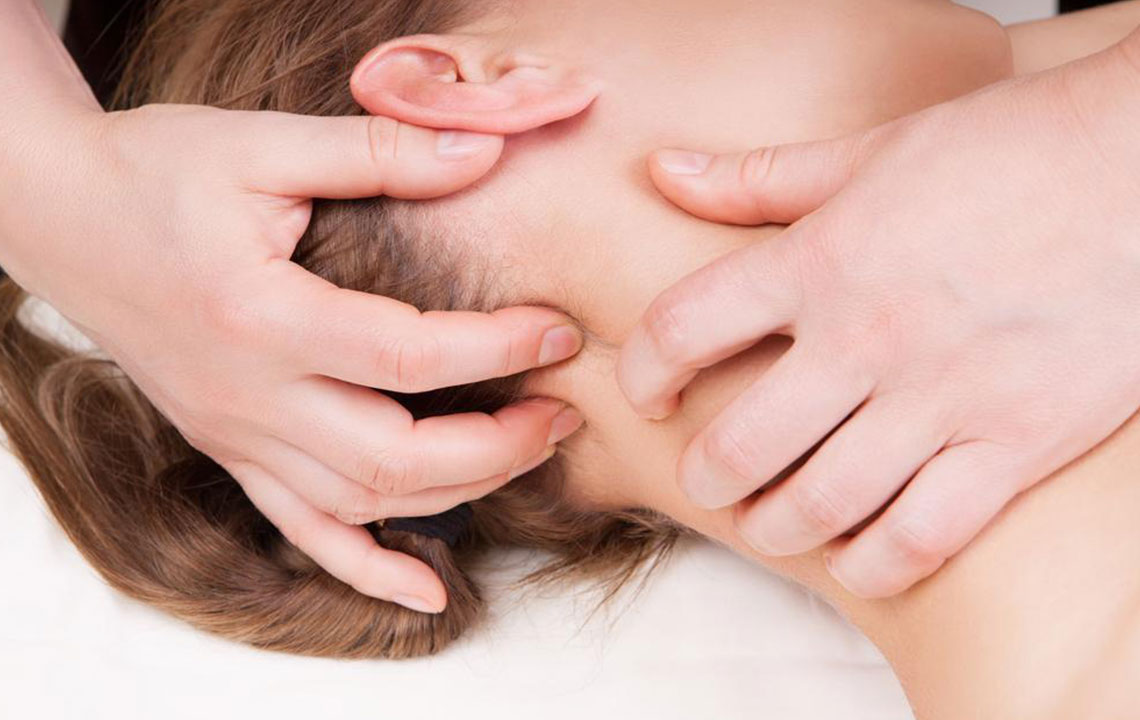How to Rectify the Loose Skin on Your Neck

The most important sign of aging is the lack of firmness in our skin. Our skin becomes loose, appears saggy and less elastic as compared to what we had in our younger years. Loosening of skin is a part of the natural skin aging process, and it is an issue of cosmetic concern for women who desire for a youthful appearance and beauty. Sagging skin is primarily evident on the face and neck. Sagging skin around the neck is a huge cause of concern for many people and can lead to facial disturbances. In addition to aging, other factors like genetics, the gravity of the sun, exposure to harmful UV rays or other artificial sources, weight fluctuations, etc. can also add up to the cause. Most people notice sagging skin around their neck in the mid-40s when the skin reduces the ability to bounce back or pull back as it loses its elasticity. With age, the skin loses its supportive connective tissue called collagen and elastin which helps to make our skin look plump, glowing and soft. This takes a toll on our facial muscles which can weaken with age. A wide range of treatment options are available to give a boost to our skin like topical creams, laser treatments, surgery, etc. Read on to know how to tighten loose skin on neck –
Treatments to tighten loose skin on neck-
The tightening of skin requires a combination of exercise, healthy diet and proper medication which can help to lift our skin.
- Exercise provides relief for our neck and lower facial muscles like stretching, chewing, skipping, etc. which can help to tighten loose skin on neck. Certain facial movements, expressions, and gestures where neck muscles are used should be avoided.
- Nutritionally well-balanced diet can help to tighten loose skin on neck, avoid wrinkles and maintain the elasticity of the skin. Foods rich in vitamins like fresh fruits and vegetables, raspberries, etc. increases the cell turnover leading to healthy skin.
- Foods rich in essential fats like walnuts, olive oil combined with plenty of water can help to keep the skin cells hydrated. Fried foods, sweets, unhealthy and junk foods, foods high in fat should be avoided. Eating healthy foods provide the required vitamins and antioxidants necessary to tighten loose skin on neck.
- Hydrated skin can help to make our skin look firm. Using a skin type specific moisturizer boosts collagen and elastin in our body which helps to improve the appearance of our skin on the neck. Moisturizer with a built-in water-resistant sunscreen of high SPF can protect our skin from sun’s harmful rays and lowers the natural aging process.
- Smoking and drugs addiction can accelerate the process of aging by changing the blood supply to your skin. Reducing smoking and drugs can help to tighten loose skin on neck.
- Sudden weight gain can cause stretch marks leaving our neck skin sagging. Our body doesn’t get time to adjust to the weight gain making it look loose and pale. It can be resolved by maintaining constant body weight.
- Vitamin A derivatives like retinoids can prevent skin from wrinkles, roughness and helps to improve its elasticity. It can be administered under doctor’s supervision and prescription.
- Using laser, light sources or radiofrequency can accelerate the growth and formation of new collagen in our skin. This helps to make the neck skin firm leading to moderate skin tightening. These treatments destroy the outer layer of skin and improve the collagen required for the growth of our skin cells. Few side effects of such medical instruments include darkening of the skin, scarring, etc.
- Chemical peeling is another method which is used to remove the dead layers of skin improving its elasticity and appearance. An acid helps to burn out the top layer of neck skin along with dark spots, wrinkles, fine lines, etc. It takes weeks or months for the production of new skin depending on the treatment.
- Nowadays Botox injections are widely used to prevent our muscles from contracting making the skin on the neck look smoother and even. Its effect lasts for about six months and has to be repeated at short intervals. Side effects include the inability to move our face and neck muscles.
The muscles in the neck are not bound to other body muscles and hence are more vulnerable to aging. Also, skin on the neck is quite thin and is not connected to platysma which is the neck muscle that sags. These muscles shorten and contract to form a band like structure on the neck as we grow older. Loss of skin volume is the thinning of the fatty layer below the skin that supports the facial muscles. These facial structures cause aging leading to sagging of skin etc. Thus, aging can cause sagging of skin on the neck.


